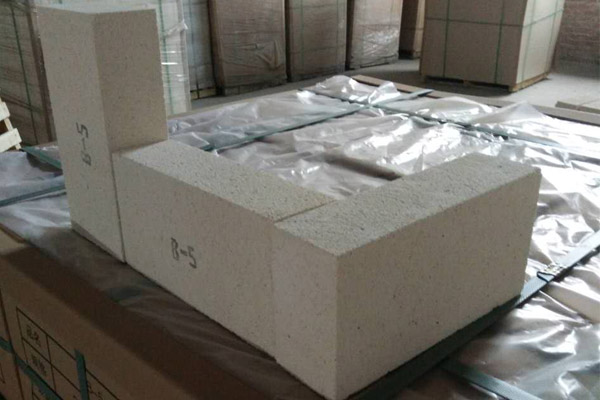The Characteristics of silicone electrical insulation Product
- Heat and Cold Resistance
Since silicone rubber has high bond energy and good chemical stability, its heat resistance is better than that of organic polymers. Furthermore, since the intermolecular interaction force is weak, the glass transition temperature is low and the cold resistance is also good. Therefore, its properties will not change when used in any part of the globe.
- Waterproof
Since the surface of the polysiloxane is a methyl group, it is hydrophobic and thus can be used for waterproofing.
- Electrical Performance
Since the number of carbon atoms in the silicone rubber molecule is less than that of the organic polymer, the arc resistance and the electric leakage resistance are very good. In addition, even if it burns, it forms silicone insulation, so it is excellent in silicone electrical insulation.
- Weather Resistant
Since the siloxane bond energy is larger than the ultraviolet ray energy, aging due to ultraviolet rays is less likely to occur. In the ozone-resistant accelerated aging test, the organic polymer is cracked due to aging in a matter of seconds to several hours. However, even after aging for 4 weeks, the silicone rubber only slightly decreased in strength and did not cause cracking, that is, its ozone resistance was good.
The Use of Silicone Electrical Insulation
- For Outdoor Cable Accessories
Since it is a cable accessory for outdoor use, the silicone rubber insulators must have trace resistance. By using a polymer having a cross-linking density adjusted, a material having a low permanent elongation property can be obtained for use in a product which shrinks at a normal temperature (low-temperature shrinkage).
- For Indoor Cable Accessories
Since it is a cable fitting for indoor use, it is unlikely to be affected by salt spray, so it is often unnecessary to have a trace of leakage resistance. In the case of shrinkage at room temperature (low temperature shrinkage), it is still necessary to have low permanent deformation characteristics.
- For Coating
If a silicone rubber coating is applied to a heavily contaminated part, good hydrophobicity can be maintained for a long period of time. The installed insulators can also be coated according to the degree of pollution to achieve the purpose of continued use and cost saving.
RuiSen Popular Silicone Insulation Series
- Self-Fusing Insulation Tape
It is a newly-formulated self- fusing silicone rubber tape, which forms avoid-free electrical insulation protection system, when applied to any connector, bus or cable.
Especially for flexible cable, expansion joints and odd shaped connectors.
Can be easily removed compared to the labor-intensive removal of heat shrink tapes.
- Silicone Rubber Electric Power Equipment Insulation Shields
It is used for the wire connection terminals insulating protection of the transformers, arresters, disconnectors, Drop-out fuse, vacuum circuit breaker, etc. It can effectively prevent the wire connection place from the corrosion by dirt, salty fog, acid rain, dew. It can also help to avoid the short circuit due to its exposure to air.
View Available Types of Ruisen Silicone Electrical Insulation Products Below.



